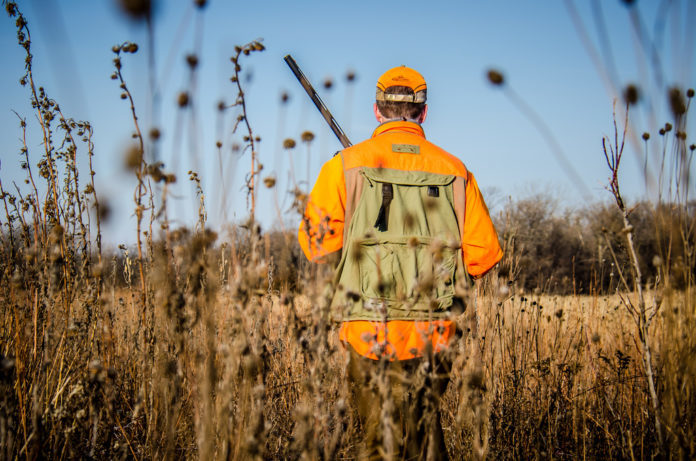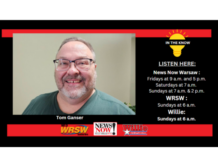Indiana officials are looking for ways to encourage more women and youth to become game hunters as the state continues to issue a declining number of hunting licenses.
The state’s wildlife preservation programs rely on the sale of hunting licenses as a main source of funding, the Indianapolis Star reported. So Indiana’s decline in hunting over the past decade is threatening conservation efforts along with communities and businesses that profit from the sport.
Indiana sold more than 552,100 hunting licenses, tags, and permits in 2006, but the number was down to about 426,300 in 2016, according to the U.S. Fish and Wildlife Service.
The drop in participation is spurred by an older generation of residents who enjoy the sport phasing out, along with limited interest from younger generations who don’t have the same connection to hunting.
“Generations of Hoosiers are not experiencing outdoor activities as much anymore,” said John Goss, former director of the state’s Department of Natural Resources and the Indiana Wildlife Federation. “That changes who goes hunting, where and how often.”
But the trend isn’t unique to Indiana. Just 5 percent of Americans between ages 15 and 50 hunt, according to the latest Fish and Wildlife Service survey.
The Indiana Department of Natural Resources is hoping to increase interest by launching new programs to reach groups not typically associated with hunting. The department is pursuing a three-step approach to recruit, retain and reactivate hunters.
The department launched a program to teach students archery in schools. The agency also is hosting many women-only hunts or events at hunting ranges.
Several students in the National Archery in Schools Program (NASP) at Lew Wallace Elementary School said they love the confidence that wielding a bow and arrow gives them.
“Holding and shooting the bow relaxes me,” said Francisco Barraza, a sixth-grade student. “And the sound when it hits the target is very satisfying and exciting.”
Barraza said he would be interested in going hunting or visiting a range in the future.





